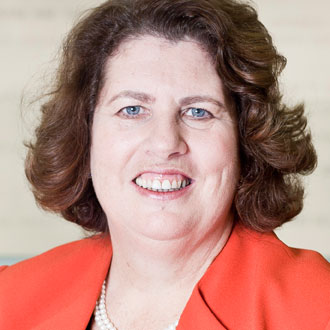Patient access will suffer unless GP workforce crisis is reversed, says RCGP

The proportion of GPs in the NHS will fall to less than 16% by 2022, unless the ‘dramatic diversion’ of doctor posts from general practice is arrested, claims the RCGP.
In a new analysis of workforce figures from the college, it claims that in 2012, GPs accounted for 23.2% of the doctor workforce – while consultants made up 27.9% – but the RCGP estmates this will fall by 2022 if current trends continue, with GPs making up 15.5% of the doctor workforce, while consultants will make up 24.7%.
The analysis found that between 2002-2012 the annual uplift in the number of full-time equivalent GPs was 1.5%. However, the annual uplift in hospital consultants was 4.4%.
By 2022, the RCGP predicts that, unless current trends change, there will be 37,000 GPs compared to 59,000 hospital doctors – meaning there will be 22,000 more hospital consultants than family doctors.
Pulse revealed last year that practices were finding it increasingly hard to recruit new GPs, with vacancy rates quadrupling over two years and as many as one position in twelve unfilled.
Related articles
GP shortage will undermine the future of the NHS, says think tank
RCGP Chair Dr Maureen Baker said their analysis shows a looming crisis in patient access to GPs unless current trends are reversed.
She said: ‘Most people want to be looked after in their local community and they want to be able to see their GP quickly. The dramatic diversion of doctor posts away from general practice into hospitals works against this fundamentally important principle.’
She added: ‘Ministers say repeatedly that we need to alleviate pressure on hospitals by delivering more care in the community, yet the numbers of posts being created for consultants and GPs is completely at odds with this.
‘If waiting times get longer, it will be more difficult for GPs to ensure that problems are caught early, and the pressure on A&E will intensify. This is bad news for patients and bad news for the whole of the NHS.’
Pulse July survey
Take our July 2025 survey to potentially win £1.000 worth of tokens











